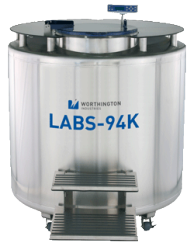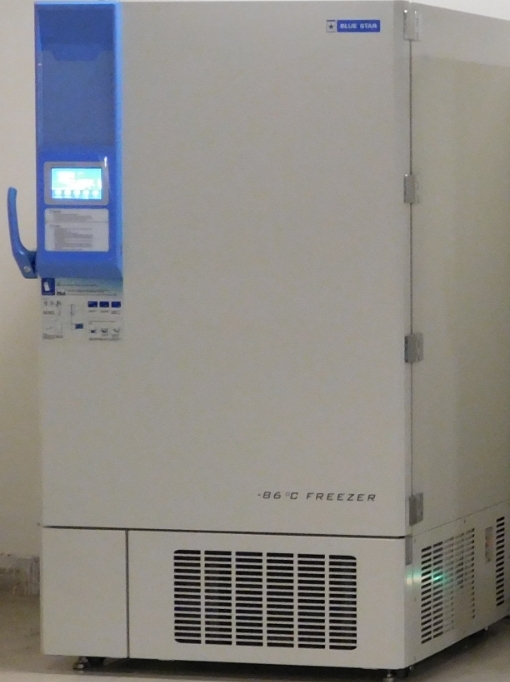What is Cryo - preservation?
Cryo -preservation is a process where organelles, cells, tissues, extracellular matrix, organs, or any other biological constructs susceptible to damage caused by unregulated chemical kinetics are preserved by cooling to very low temperatures (typically −80 °C using solid carbon dioxide or −196 °C using liquid nitrogen). At low enough temperatures, any enzymatic or chemical activity which might cause damage to the biological material is effectively stopped.
How Cryo-preservation works?
Cryo -preservation is a process where organelles, cells, tissues, extracellular matrix, organs, or any other biological constructs susceptible to damage caused by unregulated chemical kinetics are preserved by cooling to very low temperatures (typically −80 °C using solid carbon dioxide or −196 °C using liquid nitrogen). At low enough temperatures, any enzymatic or chemical activity which might cause damage to the biological material is effectively stopped.
In order for cells to survive the cryopreservation process (known as cryosurvival), they must maintain movement of water inside the cell, across the cell membrane, throughout freezing. This movement enables cells to balance the external pressure created by the formation of ice in the cryopreservant. Cryopreservants therefore act not only as an osmotic gradient to aid water’s movement across the membrane, but also as an antifreeze, to reduce the temperature at which icicles form and thus the pressure on the cells associated with icicle formation. The movement of water across the cell membrane is highly dependent on the volume of free water in the cell (which varies depending on cell type), as well as other cell characteristics. This means that the relative effectiveness, as well as the most appropriate protocols (i.e. cryopreservants, thawing and freezing times) for cryopreservation, are highly dependent on the cell type. Rates of success in cryopreserving a range of human tissues, therefore vary considerably between cell types, as do methods of cryopreservation.
NLDB CRYO STORAGE FACILITIES
 Liquid Nitrogen Tank
Liquid Nitrogen Tank
 -80°C Freezer
-80°C Freezer
 -20°C Freezer
-20°C Freezer
Applications of Cryopreservation
The applications of cryopreservation can be categorized into the following areas:
- Cryopreservation of cells or organs
- Cryosurgery - Cryosurgery is a type of surgery that involves the use of extreme cold to destroy abnormal tissues, such as tumours. The surgery most often involves the use of liquid nitrogen, although carbon dioxide and argon may also be used. When liquid nitrogen has a temperature between -346 and -320°F, it instantly freezes nearly anything that’s in contact with it. In the case of human tissue, it can kill and destroy cells upon contact. This is important when the cells you want to kill are cancerous. Cryosurgery is typically used for tumours or precancerous lesions found on your skin. However, some tumours inside the body can be treated this way as well. Advances in cryosurgery technology have dramatically reduced the long-term side effects once associated with the treatment.
- Biochemistry and molecular biology
- Food sciences
- Ecology and plant physiology, and
- Many medical applications, such as blood transfusion, bone marrow transplantation, artificial insemination, and in vitro fertilization.
Some suggested advantages of cryopreservation include the possible banking of cells for human leukocyte antigen typing for organ transplantation, the allowance of sufficient time for transport of cells and tissues among different medical centers, and the provision of research sources for identifying unknown transmissible diseases or pathogens.
How Cryo-storage at NLDB can Benefit Researchers:
- NLDB has a storage capacity of 5.4 million samples.
- There are nominal charges for storing samples at NLDB cryo-storage.
- Storage and retrieval services are provided 24/7 entire year.
- Assures high quality storage and maintenance of specimen as NLDB follows both national and international guidelines for biobank facilities.
- We provide nitrogen dewar which can be stationed at any institute/hospital across country for offsite collection and storage of biosamples, and also arrange pickup facility of samples and refills liquid nitrogen in every 60 days at the location of the dewar.